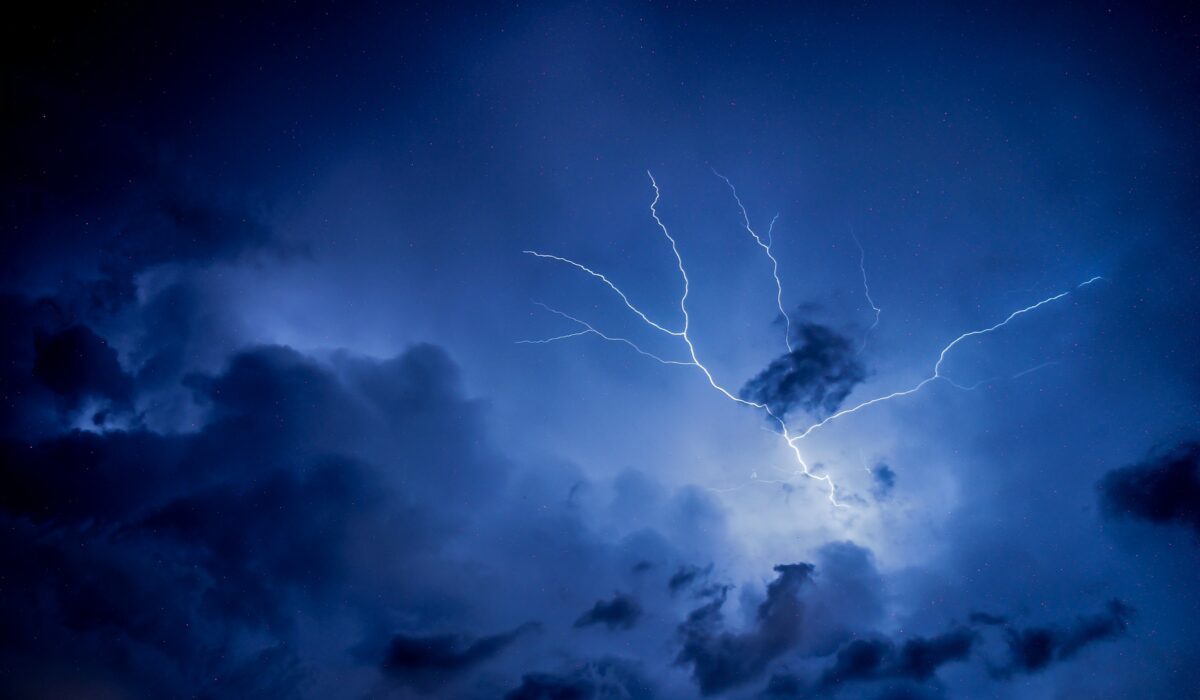Vermont weather can be unpredictable, with the potential for sudden storms bringing high winds, heavy rains, hail, and even snow, which can leave your home’s roof vulnerable to damage. When your home’s first line of defense against the elements becomes compromised, it is crucial to take swift action to mitigate further damage and protect your property.
In this comprehensive guide, we will walk you through the process of identifying storm-related roof damage, understanding the steps to take following a storm, and exploring the importance of working with skilled professionals like Three Mountain Roofing. Our goal is to help you navigate the challenges of post-storm roof repair effectively and efficiently, ensuring your Vermont home remains safe and protected.
The guide will cover essential topics, such as assessing the extent of storm damage, the different types of storm-related roofing damage, documentation for insurance claims, the process of restoration and repair, and preventive measures to minimize future storm damage. As a homeowner in Vermont, understanding the intricacies of storm damage roof repair is vital for ensuring the longevity and performance of your home’s roofing system.
By following the advice and best practices outlined in this guide, you will be better prepared to manage and address post-storm damage promptly, minimizing disruption and providing peace of mind that your home remains well-protected from Vermont’s sometimes-stormy weather. Trust the expert team at Three Mountain Roofing to help restore your roof to its optimal condition and safeguard your investment for years to come.
1. Identifying Storm-related Roof Damage
The first step in managing a storm-damaged roof is to assess the extent of the damage. It’s essential to look for signs of damage on both the exterior and interior of your home:
– Examine the roof’s surface for missing, damaged, or curled shingles, dented metal panels, or damaged flashing.
– Inspect gutters and downspouts for debris or damage, including dents, cracks, or detachment.
– Look for water stains or leaks on the interior ceilings and walls, as well as in the attic.
– Take note of any debris, such as fallen branches or objects, that may have caused impact damage to the roof.
2. Documenting the Damage and Contacting Your Insurance
Before initiating the repair process, it’s crucial to document the damage and contact your insurance company to file a claim. This will help ensure that you receive appropriate compensation for the necessary repairs.
– Take clear, detailed photos of the damage to support your insurance claim.
– Make a list of all damaged items, including any personal belongings affected by water damage inside your home.
– Contact your insurance agent to file the claim and discuss the next steps.
– Keep records of all correspondence with the insurance company and any roofing professionals.
3. Working with Professional Roofing Experts
When it comes to repairing storm-damaged roofs, working with skilled professionals is crucial for your home’s safety and the integrity of your roofing system. These experts can provide invaluable advice and services, including evaluations, repairs, and restoration.
– Seek out reputable, experienced roofing contractors in your area to assess the damage and provide an estimate for the necessary repairs.
– Make sure the professionals you choose are licensed, insured, and have a proven track record of success in handling storm damage repair.
– Ask for references and read reviews to ensure you’re working with a trustworthy and reliable team.
4. Roof Restoration and Repair Process
Once you’ve assessed the damage, filed a claim with your insurance company, and chosen a professional roofing team, it’s time to initiate the repair process. The restoration and repair process will vary depending on the extent of the damage and the type of roofing system your home has.
– Begin by addressing any emergency repairs, such as leaks or significant damage that may compromise the safety of your home.
– Move on to more comprehensive repairs, such as replacing damaged roofing materials and addressing any structural damage.
– Monitor and maintain your roof throughout the repair process, ensuring that proper measures are taken to prevent future storm damage.
5. Reducing the Risk of Future Storm Damage
While it’s impossible to prevent all storm-related roof damage, taking proactive steps to protect your roof can minimize the risks and preserve your investment.
– Regularly inspect your roofing system for signs of deterioration and promptly address any issues, such as loose or damaged shingles.
– Keep your gutters and downspouts clean to ensure proper water drainage, reducing the chances of ice dams and water infiltration.
– Trim overhanging tree branches to prevent them from falling on your roof during a storm.
– Consider investing in durable, weather-resistant roofing materials, such as impact-resistant shingles or EPDM roofing, to enhance your home’s protection against storm damage.
Conclusion
Storm damage to your home’s roof can be a significant source of stress for Vermont homeowners. However, by following this comprehensive guide and working with skilled professionals like Three Mountain Roofing, you can effectively address post-storm damage, ensuring the safety and integrity of your home.
Being knowledgeable about the storm damage repair process, from assessment to restoration, empowers you to make informed decisions and take swift action when needed. By adopting these best practices and preventative measures, you can minimize the impact of storm-related roof damage and safeguard your investment for years to come. Trust Three Mountain Roofing to provide exceptional customer service, expert guidance, and reliable support in your time of need. Get a quote from our best roofers today!


